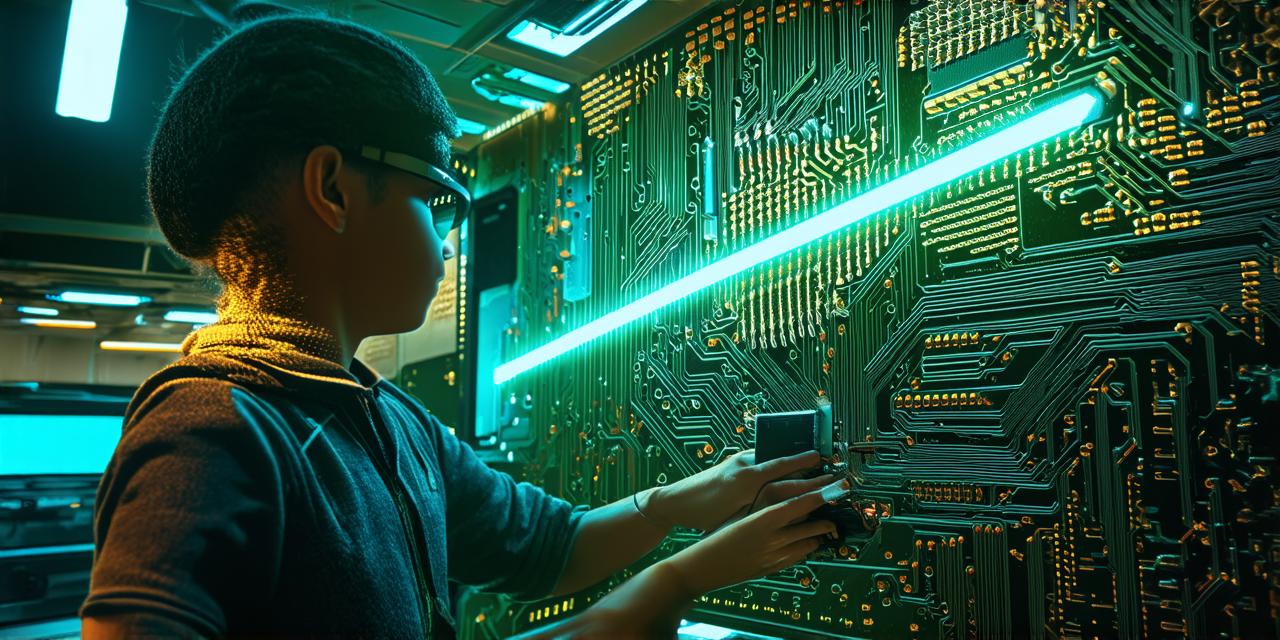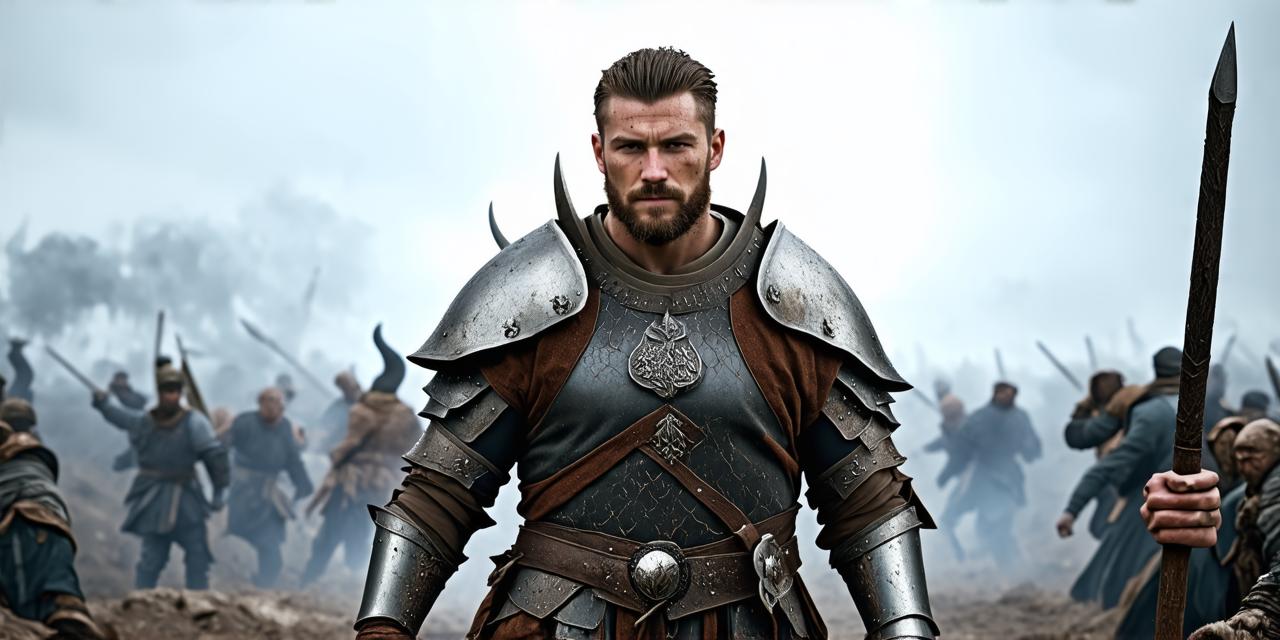Game development is a complex and multifaceted field that involves creating video games from concept to completion. It requires creativity, technical skill, and an understanding of both game design and programming.
In this article, we will explore what it means to be a game developer and the various roles and responsibilities involved in the process. We will also discuss the tools and technologies used in game development, as well as the different types of games that can be created.
What is a Game Developer?
A game developer is someone who designs, creates, and tests video games. They may work in a variety of roles, such as game design, programming, art, animation, or sound.
To be a game developer, you need to have a strong understanding of both the technical aspects of game development and the creative process. You must also be able to think critically and solve problems creatively.
The Role of Game Design in Game Development
Game design is the process of creating the overall concept and structure of a game. It involves brainstorming ideas, creating game mechanics, and defining the rules and objectives of the game.
A good game designer must be able to balance fun with challenge and create a game that is both engaging and challenging for players. They must also be able to work collaboratively with other members of the development team to ensure that the game meets its goals.
The Role of Programming in Game Development
Programming is the process of writing code to create the functionality of a game. This includes everything from movement and collision detection to user interface elements and AI behavior.
A skilled programmer must be able to write clean, efficient, and maintainable code that meets the needs of the game design team. They must also be able to troubleshoot problems and work collaboratively with other members of the development team.
The Role of Art and Animation in Game Development
Art and animation are critical components of game development. They bring the game world to life, creating a visually appealing and immersive experience for players.
An artist must be able to create artwork that is both aesthetically pleasing and functional, while an animator must be able to create smooth and fluid animations that enhance the gameplay experience.
The Role of Sound in Game Development
Sound is an often overlooked aspect of game development, but it can greatly enhance the overall experience for players. This includes everything from background music to sound effects and voice acting.
A sound designer must be able to create audio that complements the gameplay experience and enhances the emotions of the player. They must also be able to work collaboratively with other members of the development team to ensure that the audio is integrated seamlessly into the game.
Types of Games in Game Development
There are many different types of games that can be created through game development, including:
- Adventure games: These games involve exploring a world and solving puzzles to progress through the story. Examples include Tomb Raider and The Legend of Zelda.
- Role-playing games: These games involve creating a character and navigating a virtual world, often with the goal of completing quests or achieving certain objectives. Examples include World of Warcraft and Final Fantasy.
- Strategy games: These games involve planning and executing tactics to achieve a specific objective, such as capturing enemy territory or defeating an opponent’s forces. Examples include StarCraft II and Age of Empires.
- Sports games: These games simulate real-world sports, allowing players to compete in virtual matches against other teams or individuals. Examples include Madden NFL and FIFA.



